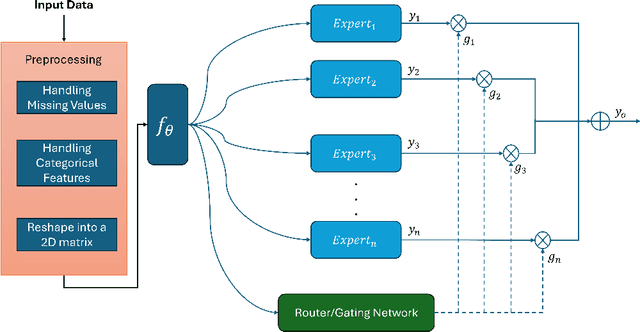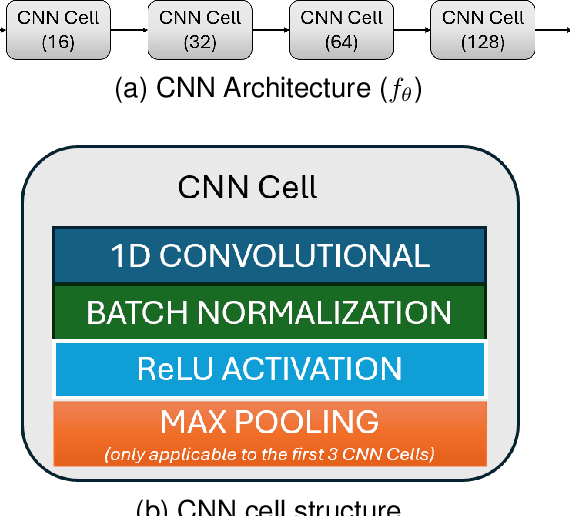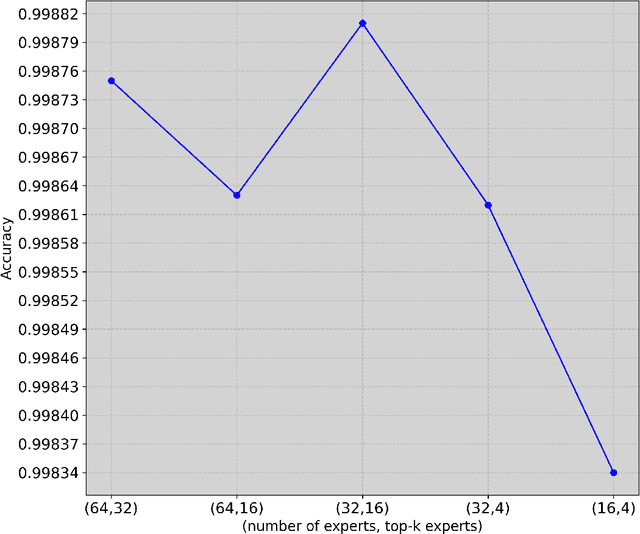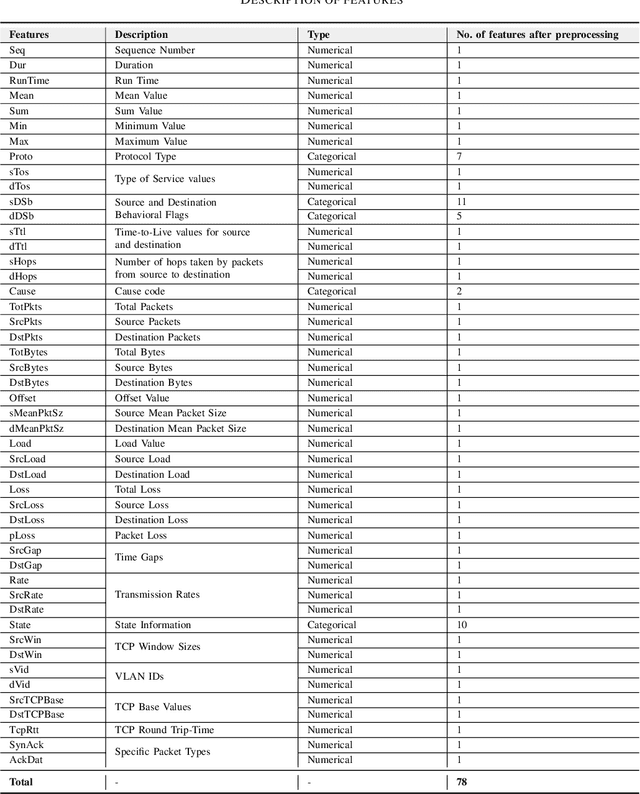Christos Ntanos
Explainable AI for building energy retrofitting under data scarcity
Apr 08, 2025Abstract:Enhancing energy efficiency in residential buildings is a crucial step toward mitigating climate change and reducing greenhouse gas emissions. Retrofitting existing buildings, which account for a significant portion of energy consumption, is critical particularly in regions with outdated and inefficient building stocks. This study presents an Artificial Intelligence (AI) and Machine Learning (ML)-based framework to recommend energy efficiency measures for residential buildings, leveraging accessible building characteristics to achieve energy class targets. Using Latvia as a case study, the methodology addresses challenges associated with limited datasets, class imbalance and data scarcity. The proposed approach integrates Conditional Tabular Generative Adversarial Networks (CTGAN) to generate synthetic data, enriching and balancing the dataset. A Multi-Layer Perceptron (MLP) model serves as the predictive model performing multi-label classification to predict appropriate retrofit strategies. Explainable Artificial Intelligence (XAI), specifically SHapley Additive exPlanations (SHAP), ensures transparency and trust by identifying key features that influence recommendations and guiding feature engineering choices for improved reliability and performance. The evaluation of the approach shows that it notably overcomes data limitations, achieving improvements up to 54% in precision, recall and F1 score. Although this study focuses on Latvia, the methodology is adaptable to other regions, underscoring the potential of AI in reducing the complexity and cost of building energy retrofitting overcoming data limitations. By facilitating decision-making processes and promoting stakeholders engagement, this work supports the global transition toward sustainable energy use in the residential building sector.
AI4EF: Artificial Intelligence for Energy Efficiency in the Building Sector
Dec 05, 2024Abstract:AI4EF, Artificial Intelligence for Energy Efficiency, is an advanced, user-centric tool designed to support decision-making in building energy retrofitting and efficiency optimization. Leveraging machine learning (ML) and data-driven insights, AI4EF enables stakeholders such as public sector representatives, energy consultants, and building owners to model, analyze, and predict energy consumption, retrofit costs, and environmental impacts of building upgrades. Featuring a modular framework, AI4EF includes customizable building retrofitting, photovoltaic installation assessment, and predictive modeling tools that allow users to input building parameters and receive tailored recommendations for achieving energy savings and carbon reduction goals. Additionally, the platform incorporates a Training Playground for data scientists to refine ML models used by said framework. Finally, AI4EF provides access to the Enershare Data Space to facilitate seamless data sharing and access within the ecosystem. Its compatibility with open-source identity management, Keycloak, enhances security and accessibility, making it adaptable for various regulatory and organizational contexts. This paper presents an architectural overview of AI4EF, its application in energy efficiency scenarios, and its potential for advancing sustainable energy practices through artificial intelligence (AI).
Convolutional Neural Networks and Mixture of Experts for Intrusion Detection in 5G Networks and beyond
Dec 04, 2024



Abstract:The advent of 6G/NextG networks comes along with a series of benefits, including extreme capacity, reliability, and efficiency. However, these networks may become vulnerable to new security threats. Therefore, 6G/NextG networks must be equipped with advanced Artificial Intelligence algorithms, in order to evade these attacks. Existing studies on the intrusion detection task rely on the train of shallow machine learning classifiers, including Logistic Regression, Decision Trees, and so on, yielding suboptimal performance. Others are based on deep neural networks consisting of static components, which are not conditional on the input. This limits their representation power and efficiency. To resolve these issues, we present the first study integrating Mixture of Experts (MoE) for identifying malicious traffic. Specifically, we use network traffic data and convert the 1D array of features into a 2D matrix. Next, we pass this matrix through convolutional neural network (CNN) layers followed by batch normalization and max pooling layers. After obtaining the representation vector via the CNN layers, a sparsely gated MoE layer is used. This layer consists of a set of experts (dense layers) and a router, where the router assigns weights to the output of each expert. Sparsity is achieved by choosing the most relevant experts of the total ones. Finally, we perform a series of ablation experiments to prove the effectiveness of our proposed model. Experiments are conducted on the 5G-NIDD dataset, a network intrusion detection dataset generated from a real 5G test network. Results show that our introduced approach reaches weighted F1-score up to 99.95% achieving comparable performance to existing approaches. Findings also show that our proposed model achieves multiple advantages over state-of-the-art approaches.
 Add to Chrome
Add to Chrome Add to Firefox
Add to Firefox Add to Edge
Add to Edge